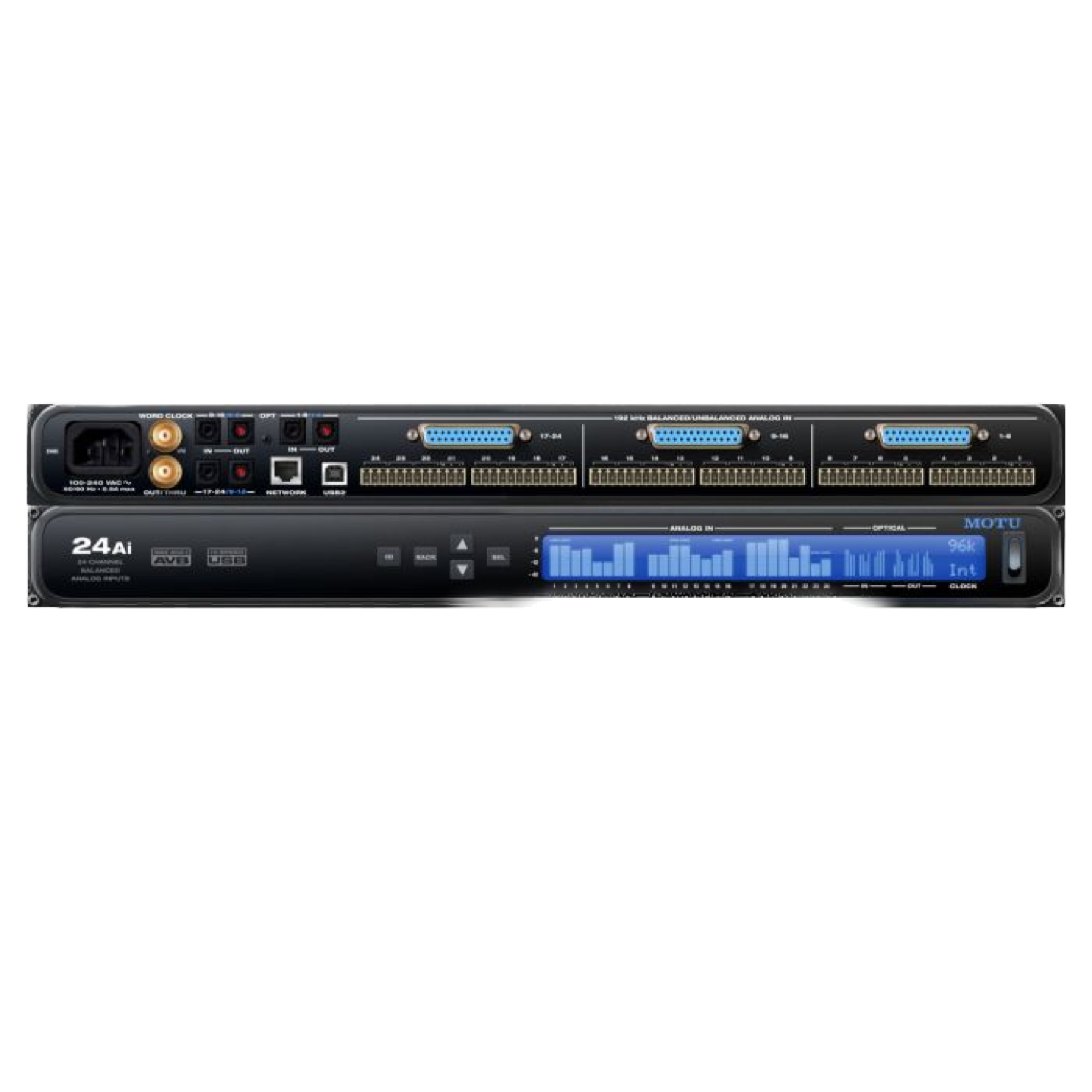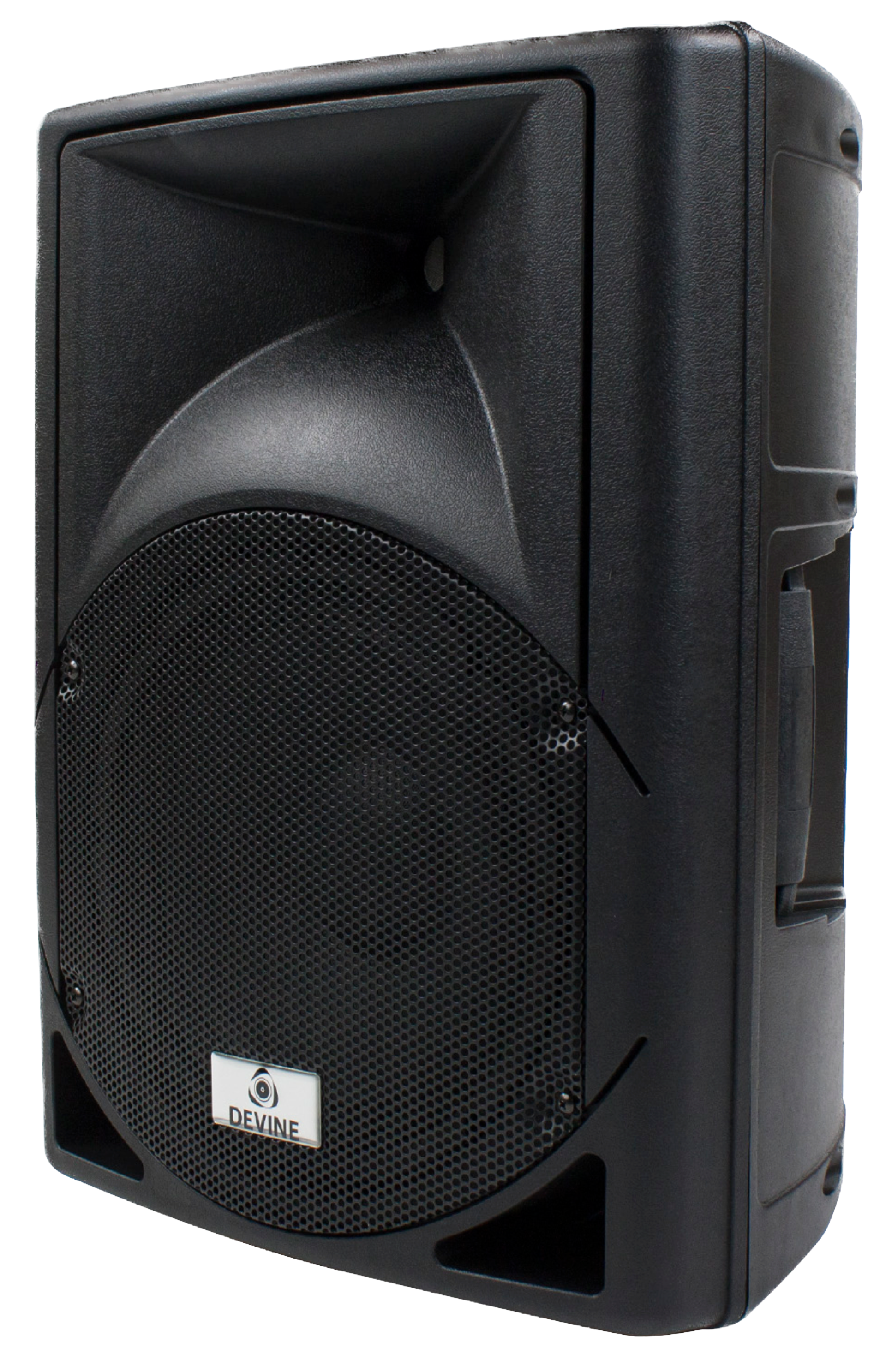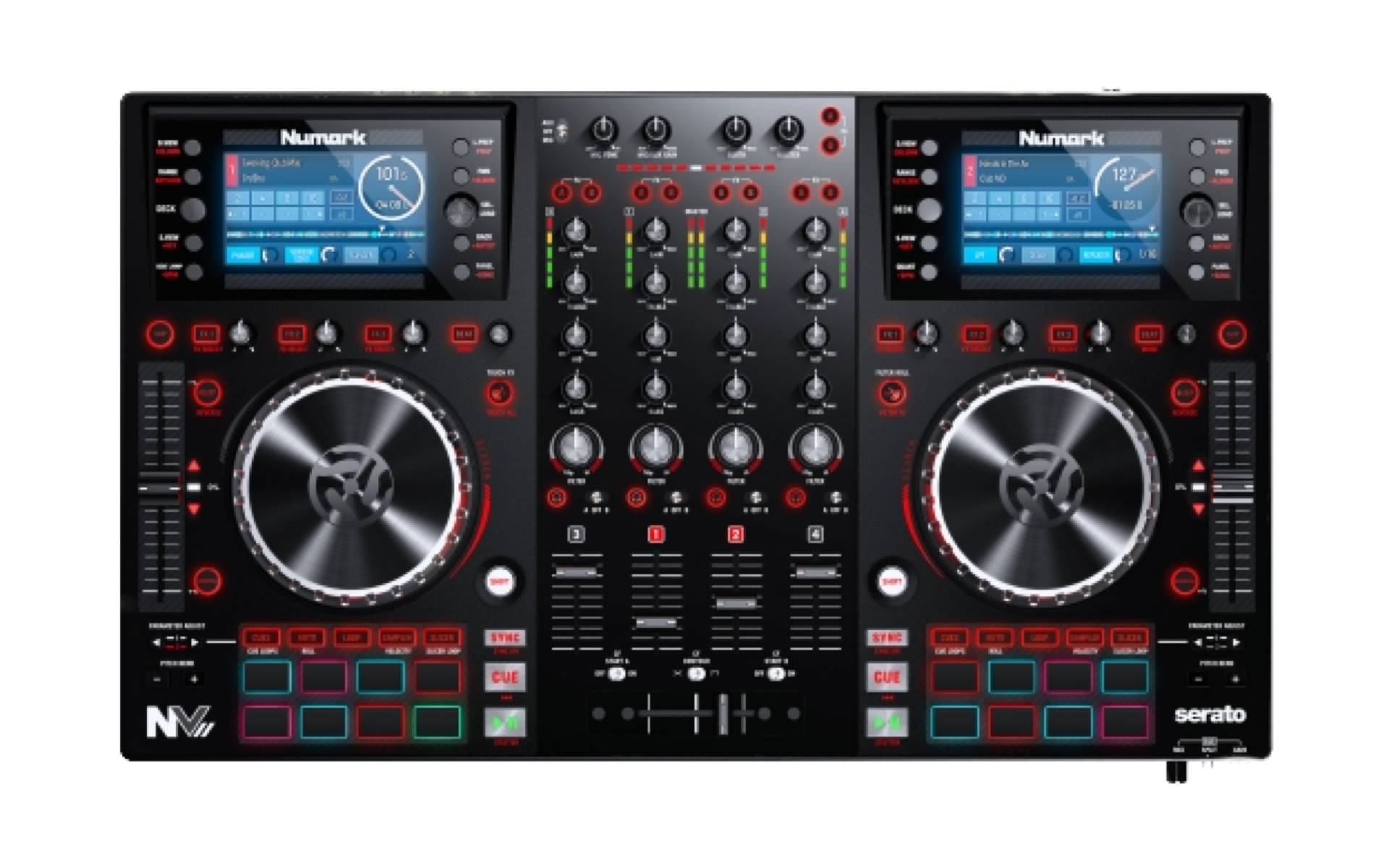
Now that we have successfully set up our midi side of the chain, let’s talk about the audio side of things.
As midi is essential to produce the sounds you want, a descent audio system is evenly essential
I started out a few years ago with 2 Behringer UMC 1820’s
These Audio Interfaces were combined, 2 audio outputs from unit 1 gone into the next unit 2 inputs, They served me well for the time being but they had one BIG problem. It is possible that it was on one of the units or the software that was running anything but nice on windows, 10 but I never got ADAT working, and only 1 ADAT in- and output.
This being said the units worked perfectly until I needed more inputs
My growing collection of midi synthesisers was already taken up 12 inputs and 2 more were already on the way and I wanted a Roland TR-8S …
A short time after somebody (who has become a very good friend over the last few years) posted on one of the Facebook groups I follow a question on how to setup midi devices. After some posts he PM me and we found out he lives in the same country. We made an appointment and I went over to his place and wired the complete studio, midi, audio, trying to explain the things I try to on this website as well. His brother at some point, during the wiring and setting up of the studio (they were also beginners just like me when it comes to actually making music), pointed out that he had a brand new Mackie SDR 24/96 sitting over there doing anything. It came out of the box twice. Once to unpack it and “oh no this is nothing for me” kinda reaction. The second time to take pictures to sell it online. I am a sucker when it comes to old retro gear and I could not resist after hearing the price he wanted for it. Both brothers have become very close friends and the three of us gather around from time to time.



It has 3 ADAT ports on the back, each capable sending and receiving 8 audio channels.
In the mean while I purchased a Motu 828 es.
This interface has 2 front mic/line and 8 line inputs on the back, 2 ADAT in and out, s/pdif and BNC clock in/out.
To complete the list Ethernet, USB and Thunderbolt can be used to connect the unit with a computer and midi in/out for a midi setup


Behringer Ultragraph pro
Having a small room leads to sound treatment except if you don’t have the possibilities. My bedroom IS my music room and I simply can’t go away from the wall with my computer screens ( a 55” 4K tv landscape , a full hd 32” portrait, and a 42” 4K landscape computer monitor)
On my self made desk there is also no room to put studio monitors but as a hobbyist that does not bother me much.
I am not planning to go on the professional side of the music industry and I am happy with what I have.
Having a home theatre system and a PA system of 2x 500W RMS - 2x1000W peak means that when sound sounds perfect in a DAW. Most of the time on the PA system it sounds to harsh on the high frequencies and a bit muddy in the low range. This is where the Ultragraph pro kicks in. In the chain it comes just before the PA system.

PA speakers 15” woofer 1” tweeter
These are made for small to medium sized party’s.
Together with the Devine amplifier they perform actually pretty well. I don’t do DJ-ing anymore but I keep these and just have some fun whenever I want.


Numark is a brand that makes nice and good quality DJ consoles, from simple to professional. The NV II console is not stand alone and needs a Mac or Windows pc.
The console arrived with Serato DJ software. However I grew up and still am a Virtual DJ fan and use that instead of Serato DJ. Main reasons, first of all I played with virtual DJ from the first time it launched. Second , I have on virtual dj a lifetime subscription. Third, my collection of tracks is a payed for collection and I am not willing to transfer everything to serato’s library because i paid for each and every track in my library . And fourth, I just like Virtual DJ better :p


